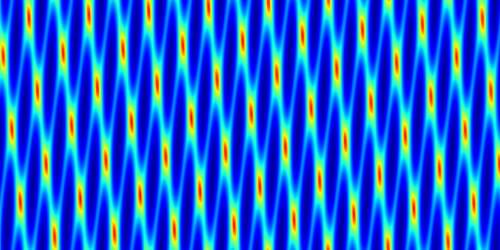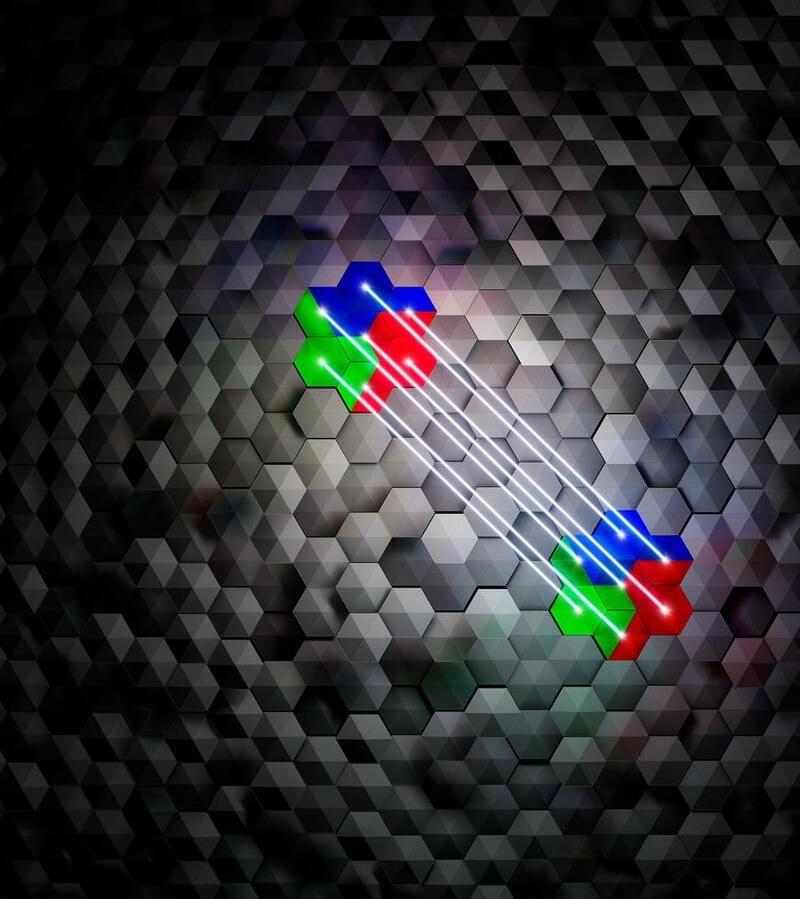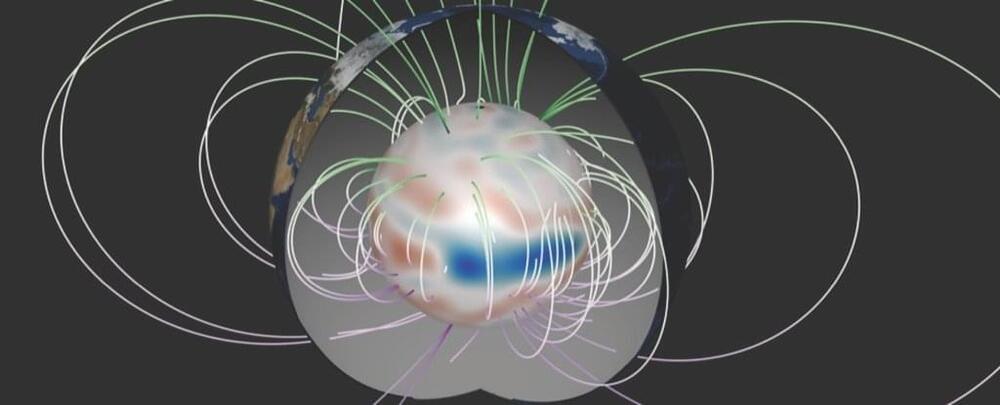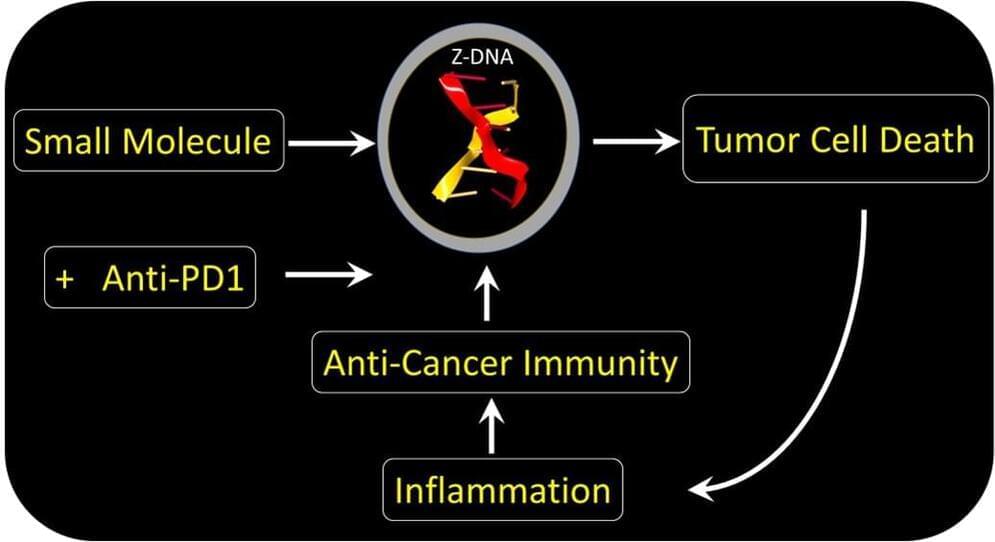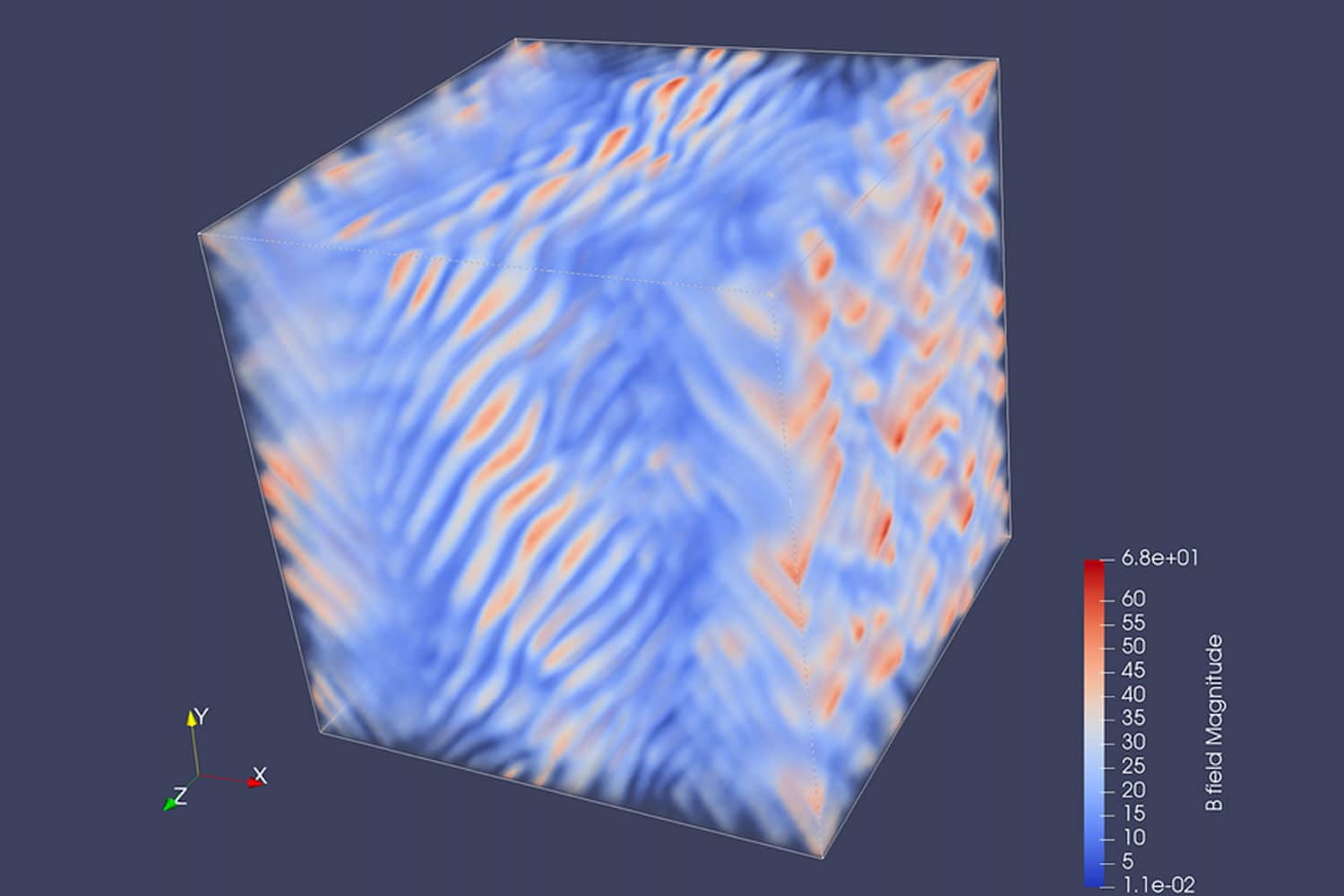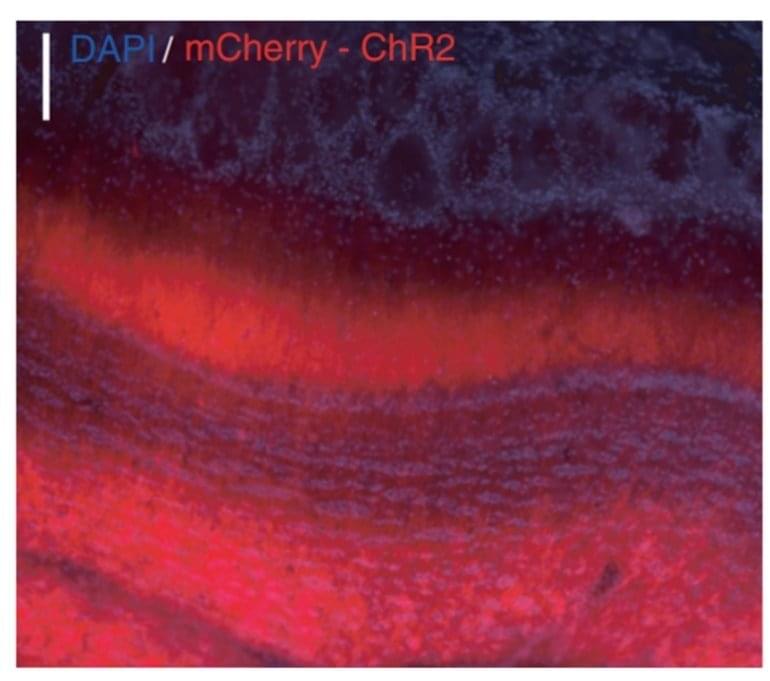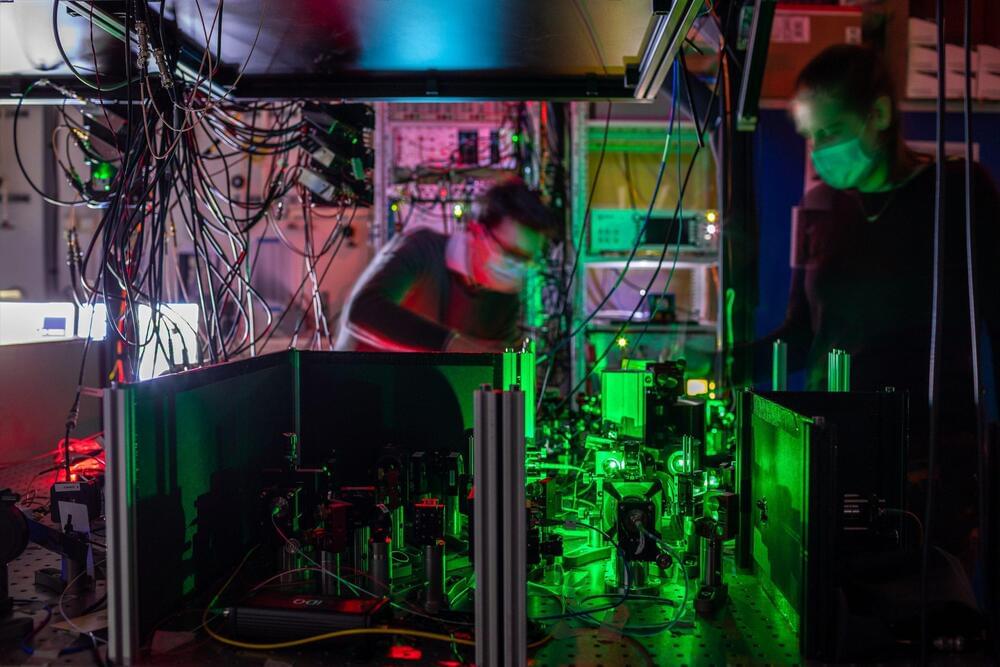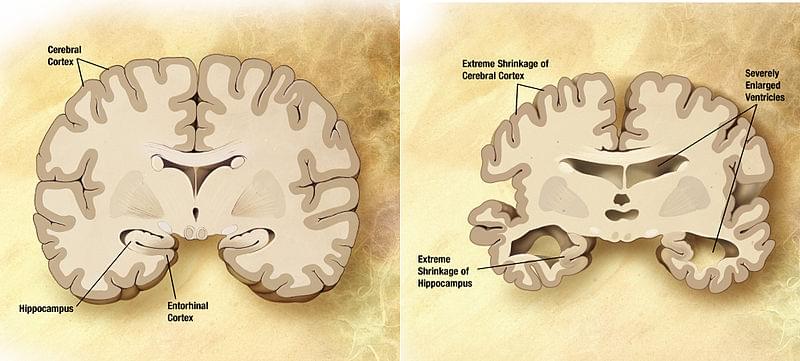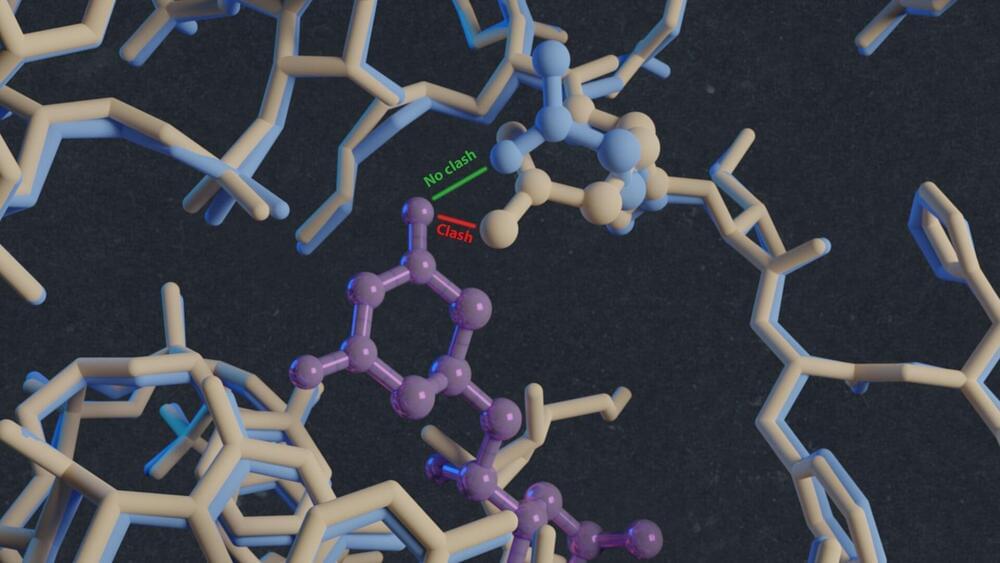
Most people carry the fungus Candida albicans on their bodies without it causing many problems. However, a systemic infection with this fungus is dangerous and difficult to treat. Few antimicrobials are effective, and drug resistance is increasing. An international group of scientists, including Albert Guskov, associate professor at the University of Groningen, have used single-particle cryogenic electron microscopy to determine the structure of the fungal ribosome. Their results, which were published in Science Advances on 25 May, reveal a potential target for new drugs.
Candida albicans usually causes no problems, or just an itchy skin infection that is easily treated. However, in rare cases, it may cause systemic infections that can be fatal. Existing antifungal drugs cause a lot of side effects and are expensive. Furthermore, C. albicans is becoming more drug-resistant, so there is a real need for new drug targets. “We noted that no antifungal drugs are targeting protein synthesis, while half of the antibacterial drugs interfere with this system,” says Guskov. A reason for this is that fungal ribosomes, the cellular machineries that translate the genetic code into proteins, are very similar in humans and fungi. “So, you would need a very selective drug to avoid killing our own cells.”
